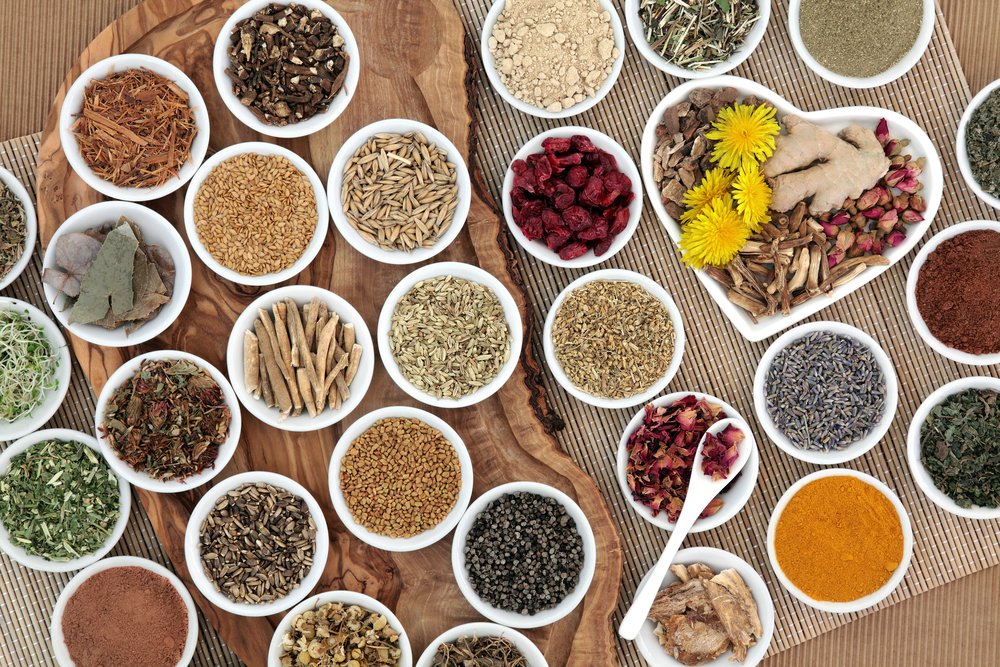Introduction
Ayurveda (India’s antediluvian holistic healing system) emphasizes equilibrium (and harmony) of body, mind, and spirit. Individualized dietary practices according to one’s constitution (or dosha) are therefore central to this philosophy. A pertinent question arises concerning Ayurveda’s views regarding meat-eating: in fact, contrary to the perception of Ayurveda as strictly vegetarian, classical texts furnish some gyrations on meat-eating. While some might advocate for vegetarianism, others would deem the inclusion of meat in the diet necessary for certain homeostasis considerations. Such complexities serve to indicate that Ayurvedic dietary prescriptions, unlike those offered by other systems of medicine, are never universal; rather, they depend profoundly on the needs and circumstances of an individual.: in fact, contrary to the perception of Ayurveda as strictly vegetarian, classical texts furnish some gyrations on meat-eating. Also worth noting are the difficulties involved; while some may preach vegetarianism, others may require meat in their diet (due to certain health conditions).
Ayurvedic Classification of Foods
Within the framework of Ayurveda (an ancient system of medicine), sustenance is classified according to its intrinsic qualities and effects on both the body and mind.
Sattvic Foods (1): these promote clarity, lightness, and spiritual growth. Examples encompass fresh fruits, vegetables, whole grains, and dairy products.
Rajasic Foods (2): on the other hand, stimulate and invigorate activity. They are deemed suitable for individuals engaged in rigorous physical or mental endeavors; however, these include spicy foods, stimulants such as caffeine, and particular meats.
Tamasic foods (3): conversely, taste foods induce a sense of heaviness and lethargy, because they often lead to a decline in mental acuity and vigor. Although these classifications provide a framework, individual responses may vary significantly. This complexity underscores the importance of personal experience in dietary choices. Although often discouraged for those pursuing mental clarity, these foods can be advantageous in specific contexts (for instance, in colder climates, where denser foods assist in maintaining body warmth). Processed foods, alcohol, and heavier meats exemplify this category.
Meat, controversially, is generally categorized within the Rajasic and Tamasic realms; however, its inclusion in dietary practices is not universally prohibited. This is because Ayurveda offers nuanced insights regarding the types of meat that may be appropriate for varying individuals and circumstances.
Meat and the Doshas
Ayurveda delineates (1) three principal doshas—Vata, Pitta, and Kapha—that embody distinct amalgamations of the five elements (earth, water, fire, air, and ether) and express unique physiological (2) and psychological attributes. The appropriateness of meat consumption fluctuates, however, based on an individual’s predominant dosha:
Vata Dosha (Air and Ether): Persons possessing a Vata constitution often exhibit qualities of lightness, dryness, and coldness. They may derive considerable benefits from the grounding and nourishing properties that certain meats provide.
Recommended Meats: Beef, buffalo, dark meat chicken, duck, eggs, freshwater fish, salmon, sardines, seafood, shrimp, tuna, and dark meat turkey.
Meats to Limit or Avoid: Lamb, pork, rabbit, venison, and white meat turkey.
Rationale: Heavier and more nourishing meats serve to stabilize Vata’s inherent lightness and instability.
Pitta Dosha (Fire and Water): Individuals characterized by *heat*, intensity, and sharpness must exercise caution regarding meats that can further exacerbate internal heat (this is crucial). Recommended meats encompass buffalo, white meat chicken, egg whites, freshwater fish, rabbit, and shrimp (in moderation); however, white meat turkey and venison can also be included.
there are meats to limit or avoid:
beef, dark meat chicken, duck, egg yolks, seafood, lamb, pork, salmon, sardines, seafood, tuna, and dark meat turkey (the rationale behind this is significant). Choosing lighter meats and avoiding those with heating properties aids in maintaining Pitta’s balance (because of their inherent qualities).
Kapha Dosh (Earth and Water): Kapha possesses qualities of heaviness, moistness, and stability; hence, they like light meat that does not aggravate sluggishness. Recommended meats are white meat chicken, eggs, freshwater fish, rabbit, shrimp, white meat turkey, and venison.
Instead, there are limited or prohibited meat intake. The following falls into the limited and avoided: Beef, buffalo, dark meat chicken, duck, seafood, lamb, pork, salmon, sardines, seafood, tuna, and dark meat turkey are the essential list of all things to note. The rationale for favoring lighter meats lies in their ability to prevent the accumulation of excess heaviness and mucus associated with Kapha imbalance (although one must remain vigilant regarding portion sizes). These guidelines underscore the importance of tailoring meat consumption to one’s constitution to maintain doshic balance.
Factors Influencing Meat Consumption in Ayurveda
Beyond domestic considerations, Ayurveda emphasizes several factors that determine (the) appropriateness of meat in one’s diet:
quality of meat is crucial. Consuming meat from healthy, well-treated animals is paramount (however) meat from animals that are free from diseases and have lived in natural habitats is considered superior (because) this directly impacts health outcomes. Although some may argue otherwise, the ethical treatment of animals cannot be overlooked in this context.
Preparation method: The cooking methods or preparation techniques used and the application of spices help in the digestibility and effects of meat, whereby warming spices such as ginger, garlic, or black pepper would aid in digestion. This balancing act is essential because it further enhances the necessities on the part of the meat. While some people may overlook these aspects, they serve as an integral part of culinary practice.
Timing of Consumption: The optimal time to consume meat is midday (between 12 PM and 2 PM) when a digestive fire (Agni) is strongest. Eating meat during this period ensures better digestion and assimilation; however, some may argue that evening consumption can also be beneficial. Although this may hold, it is imperative to consider individual digestive capabilities, because such factors can significantly influence outcomes. Therefore, while one might prefer an alternative schedule, the evidence suggests midday consumption yields superior results.
Seasonal and Environmental Considerations: In colder climates (or seasons), the body may require denser, warming foods (including certain meats) to maintain internal heat and energy levels. Conversely, in warmer climates, lighter diets with minimal meat are preferred; however, this preference may vary. Because of these factors, nutritional needs can fluctuate. Although some individuals may adapt easily, others struggle to adjust. Therefore, understanding these nuances is essential for the dietary plan.
Ethical (and Sourcing) Considerations: Mindful sourcing of meat aligns with Ayurvedic principles; however, choosing meat from animals raised in humane conditions (without exposure to harmful substances) ensures the food’s purity (and positive energy). Although this practice seems straightforward, it requires careful deliberation (because) various factors must be taken into account.
Medicinal Uses of Meat in Ayurvedic Texts
Classical Ayurvedic texts (which provide) detailed descriptions of various meats and their therapeutic applications:
Goat Meat (1): Known for its lightness and easy digestibility, goat meat is recommended for individuals with Vata imbalances. It is nourishing and helps build strength, however, it does not aggravate other doshas.
Fish (2): Freshwater fish are generally preferred over saltwater fish because of their lighter qualities. Fish is recommended for those needing strength and vitality, although some may find it less appealing.
Chicken and Poultry (3): White meat chicken is considered nourishing, but should be taken in moderation to avoid excess heaviness. This balance is important to maintain overall well-being. Classical Ayurvedic texts, which give detailed descriptions of various meats and their therapeutic applications:
Conclusion
Ayurveda does not outright prohibit meat consumption (however) it offers a nuanced approach based on individual needs, environmental conditions, and ethical considerations. The emphasis is on conscious eating: ensuring that dietary choices align with one’s doshic constitution and overall well-being. By following these principles, individuals can incorporate meat into their diet in a manner that supports their health (and) vitality (because) it respects Ayurvedic wisdom. Although some may question this perspective, it is crucial to recognize the intricate balance Ayurveda seeks to establish.
Also Read : The Best Ayurveda Books for Health & Wellness





